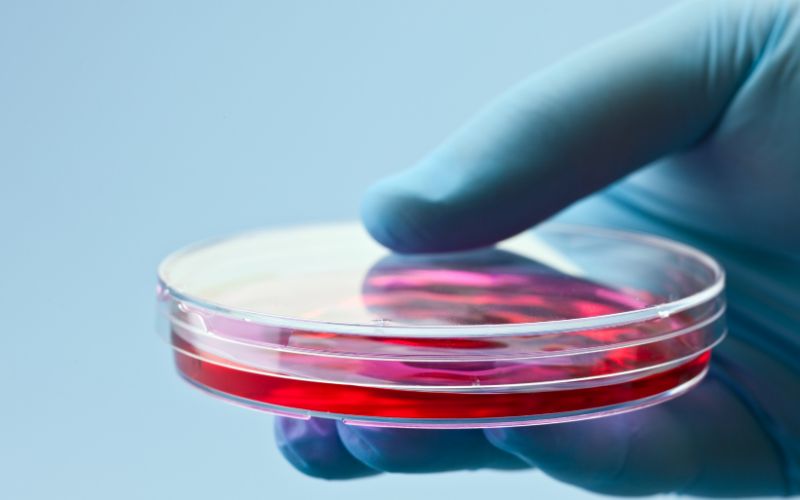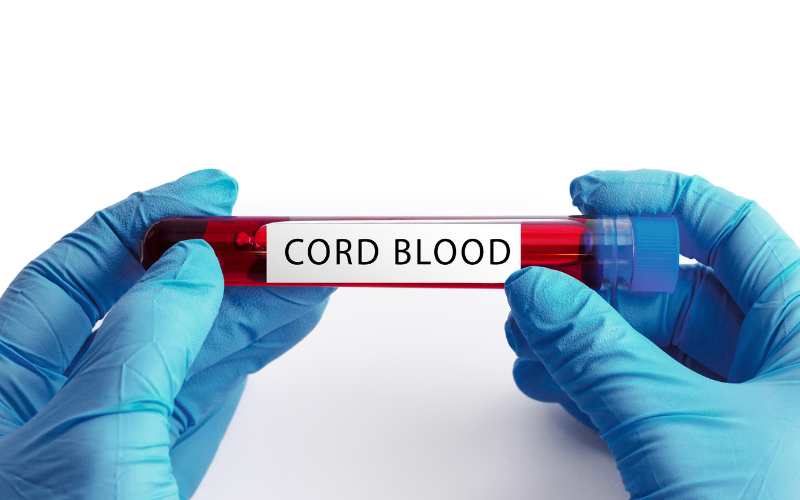Benefits of Stem Cell Banking
Stem cell banking has emerged as a groundbreaking medical practice that holds immense potential for improving healthcare and transforming lives. The process involves collecting and storing stem cells from various sources, such as umbilical cord blood and bone marrow, for potential future therapeutic use. In this article, we will explore the remarkable benefits of stem cell banking and how it is revolutionizing modern medicine.
1. Potential Life-Saving Treatment
One of the most significant advantages of stem cell banking is the potential for life-saving treatments. Stem cells have the unique ability to develop into different types of cells in the body, making them invaluable in treating a wide range of diseases and medical conditions. For example, stem cell transplants have shown promising results in treating blood-related disorders like leukemia and lymphoma. By preserving these cells, individuals have a readily available source of treatment should they need it in the future.
2. Reduced Risk of Transplant Rejection
Stem cell transplants from a patient’s own stored stem cells significantly reduce the risk of transplant rejection compared to transplants from a donor. When stem cells are collected and preserved, they are genetically identical to the individual, making them a perfect match. This reduces the need for immunosuppressive drugs and decreases the chances of the body rejecting the transplanted cells, thereby improving the success rate of the procedure.
3. Personalized Medicine
Stem cell banking opens the door to personalized medicine, a revolutionary approach that tailors medical treatments to an individual’s specific genetic makeup. Preserving one’s stem cells allows for potential future therapies that can be customized to address unique medical conditions and genetic predispositions. This personalized approach can lead to more effective and targeted treatments, minimizing the risk of adverse reactions and optimizing treatment outcomes.
4. Regenerative Medicine
Regenerative medicine is an emerging field that aims to restore damaged tissues and organs using the body’s natural healing capabilities. Stem cells play a pivotal role in this process, as they possess the remarkable ability to regenerate and repair tissues. By banking these cells, individuals have a valuable resource that could be used to address injuries, degenerative diseases, and other medical conditions that were once considered incurable.
5. Treating Neurological Disorders
Stem cell research has shown promising results in the treatment of various neurological disorders, such as Parkinson’s disease, Alzheimer’s disease, and spinal cord injuries. These conditions often involve the loss or degeneration of specific cells in the brain and spinal cord. Stem cells offer hope by potentially replacing or repairing damaged neurons, improving neurological function, and enhancing the overall quality of life for patients.
6. Future-Proofing Medical Treatment
Medical science is continuously advancing, and new discoveries are being made regularly. By banking stem cells, individuals are essentially future-proofing their medical treatment options. As research progresses and new applications for stem cells are developed, stored cells may become a key component of cutting-edge therapies and regenerative treatments.
7. Accessible and Convenient
Stem cell banking has become increasingly accessible and convenient. With advancements in technology and expanded banking services, the process has become streamlined and more affordable. Expectant parents can easily arrange for the collection and storage of stem cells during childbirth, ensuring a hassle-free experience and peace of mind for the future.
8. Contribution to Medical Research
Apart from the direct benefits to individuals and their families, stem cell banking also contributes to the advancement of medical research. Stored stem cells can be made available for research purposes, facilitating studies aimed at understanding diseases, developing new treatments, and improving healthcare on a global scale.
9. Ethical Considerations
While the benefits of stem cell banking are significant, it is essential to address ethical considerations. Informed consent and transparency in the banking process are crucial to ensure individuals fully understand the implications of preserving their stem cells. Additionally, the proper disposal of unused samples and adherence to ethical guidelines are essential to maintain the integrity and credibility of stem cell banking practices.
In conclusion, stem cell banking offers a wide array of benefits that are reshaping the landscape of modern medicine. From potential life-saving treatments to the promise of regenerative medicine, preserving these extraordinary cells provides a unique opportunity for individuals to take control of their health and well-being. As scientific research continues to unlock the full potential of stem cells, their value in transforming healthcare and offering hope for the future cannot be understated.
FAQs
1. Is stem cell banking expensive?
Stem cell banking costs have become more affordable over the years due to technological advancements and increased competition among banking facilities. The long-term benefits and potential life-saving treatments make it a valuable investment in health.
2. Can anyone store their stem cells?
In most cases, individuals can store their stem cells. However, certain medical conditions may restrict eligibility. It is essential to consult with a healthcare professional and a reputable stem cell bank to determine eligibility and suitability for banking.
3. Are there any risks associated with stem cell banking?
The process of stem cell banking is generally safe and non-invasive. The collection methods, such as cord blood banking, pose no risk to the mother or the newborn. However, it is essential to choose an accredited and experienced stem cell bank to ensure the quality and viability of stored cells.
4. How long can stem cells be stored for?
Stem cells can be stored for an extended period, usually several decades, without losing their viability. Advanced cryopreservation techniques ensure the long-term preservation of these cells.
5. Can stem cells be used for cosmetic purposes?
While stem cell research has shown potential applications in regenerative aesthetics, such procedures are still in the early stages of development. It is essential to consult with a qualified medical professional to understand the current state of regenerative cosmetic treatments.


